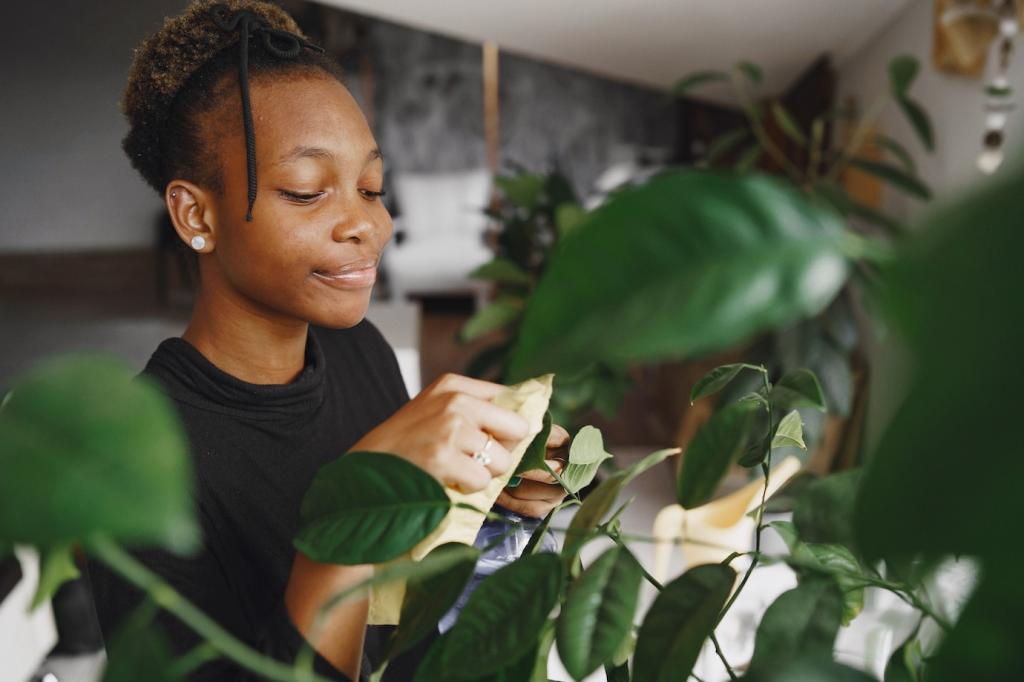
Sustain Your Wood’s Story: Green Methods for Furniture Preservation
Chosen theme: Green Methods for Wood Furniture Preservation. Welcome to a warm, practical guide where tradition meets sustainability, helping you protect cherished wooden pieces with safer products, gentler routines, and everyday habits that respect both your home and the planet.
Why Green Preservation Matters
01
Fewer Toxins, Healthier Homes
Conventional strippers and finishes can release VOCs that linger for weeks. By choosing plant-based oils, water-borne finishes, and low-VOC cleaners, you protect lungs, reduce headaches, and make your living space friendlier for kids, pets, and guests.
02
Long-Term Value Through Gentle Methods
Harsh chemicals can remove patina and damage fibers that took decades to settle. Green techniques preserve character while extending service life, making heirlooms sturdier, stories richer, and future repairs easier because original materials remain intact.
03
Climate-Smart Craftsmanship
Small choices add up. Refillable containers, minimal packaging, and responsibly sourced materials lower your footprint. Preserving instead of replacing furniture saves embodied energy, reduces landfill waste, and honors the trees that grew those beautiful boards.
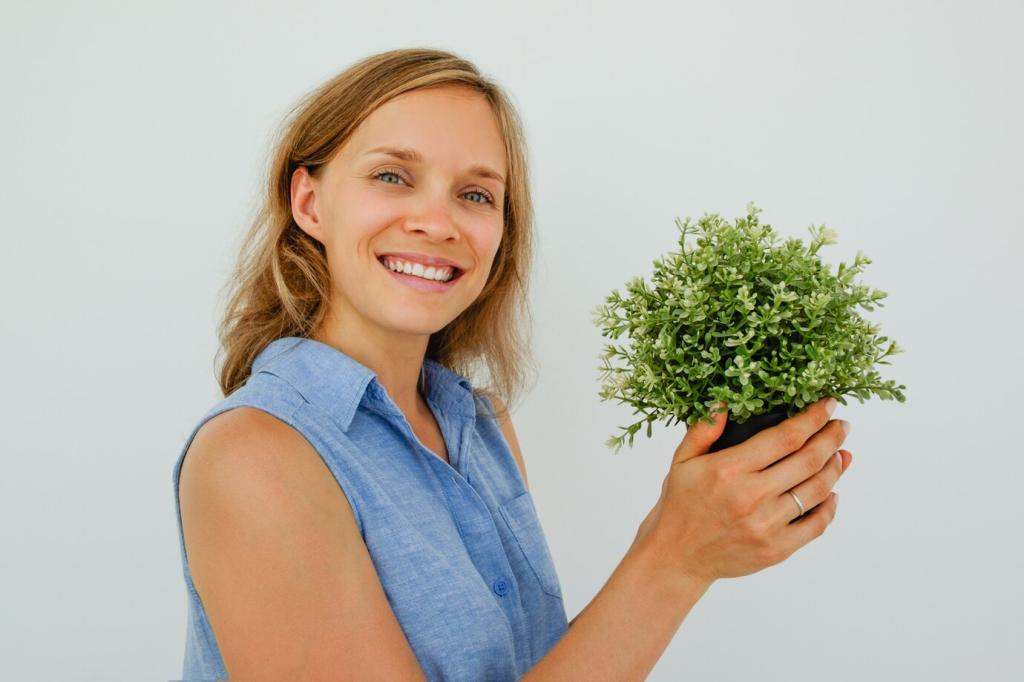
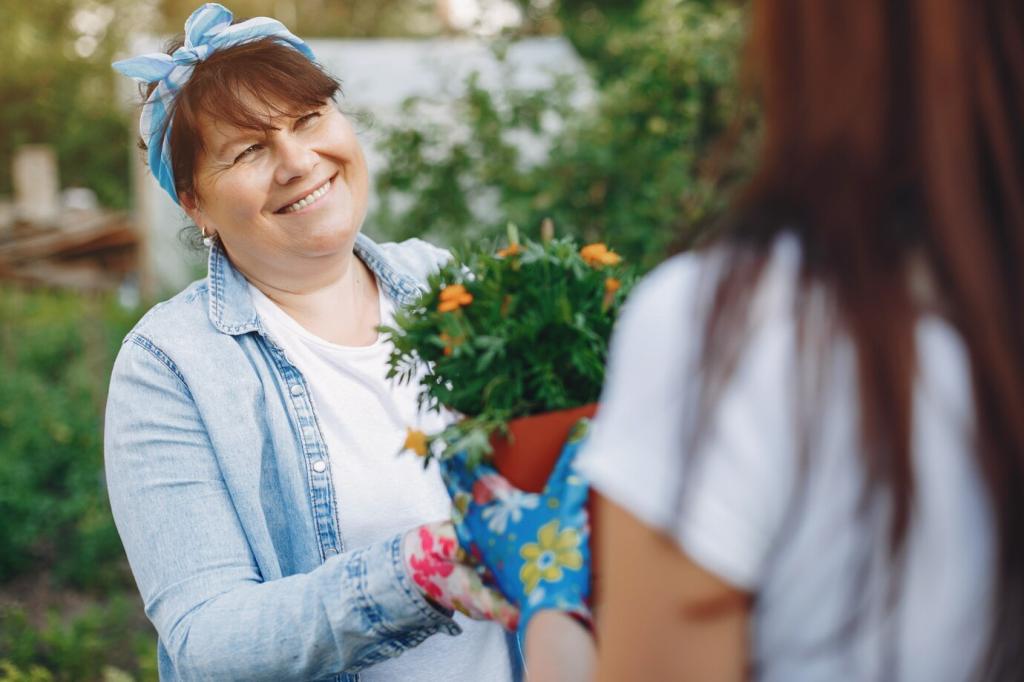

Plant-Based Finishes and Safe Sealants
Pure tung oil polymerizes into a water-resistant finish while keeping the wood’s glow. Boiled linseed oil (choose solvent-free, stand-oil variants) builds warmth. Apply thin coats, cure fully between layers, and buff to reveal a resilient, nuanced sheen.
Green Repair and Restoration Techniques
Place a damp cotton cloth over the dent and apply brief bursts of heat with an iron. Wood fibers swell, raising the depression without removing surrounding material. This preserves thickness and reduces unnecessary sanding and waste.
Green Repair and Restoration Techniques
Hot hide glue bonds strongly yet can be softened later with gentle heat and moisture, allowing clean disassembly. That means easier re-gluing, less damage during future repairs, and a respectful alignment with traditional, conservation-minded practices.
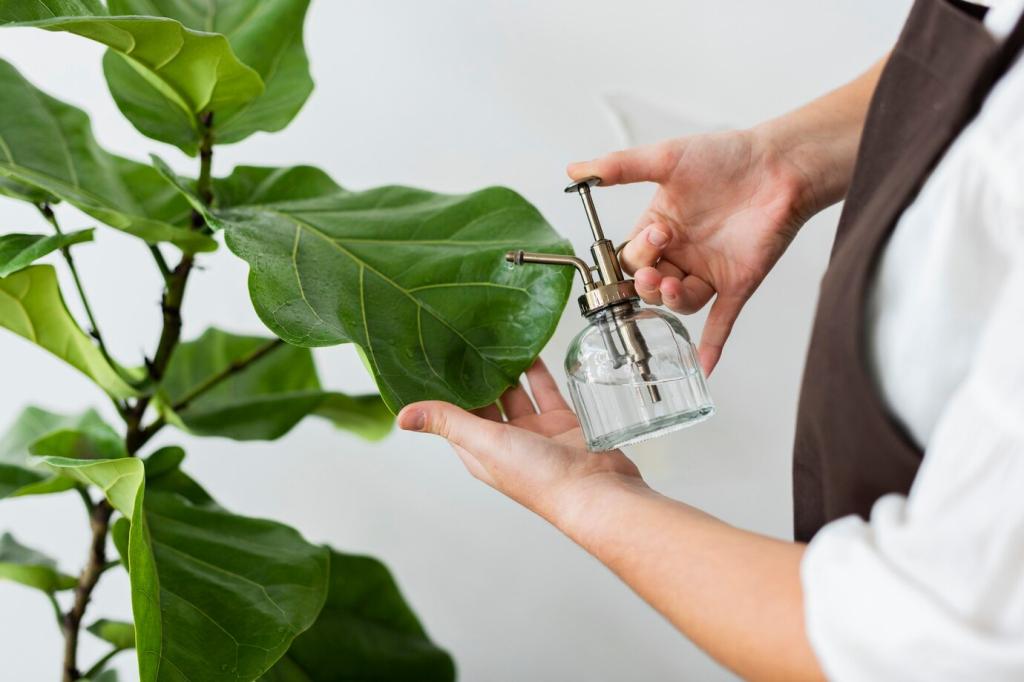
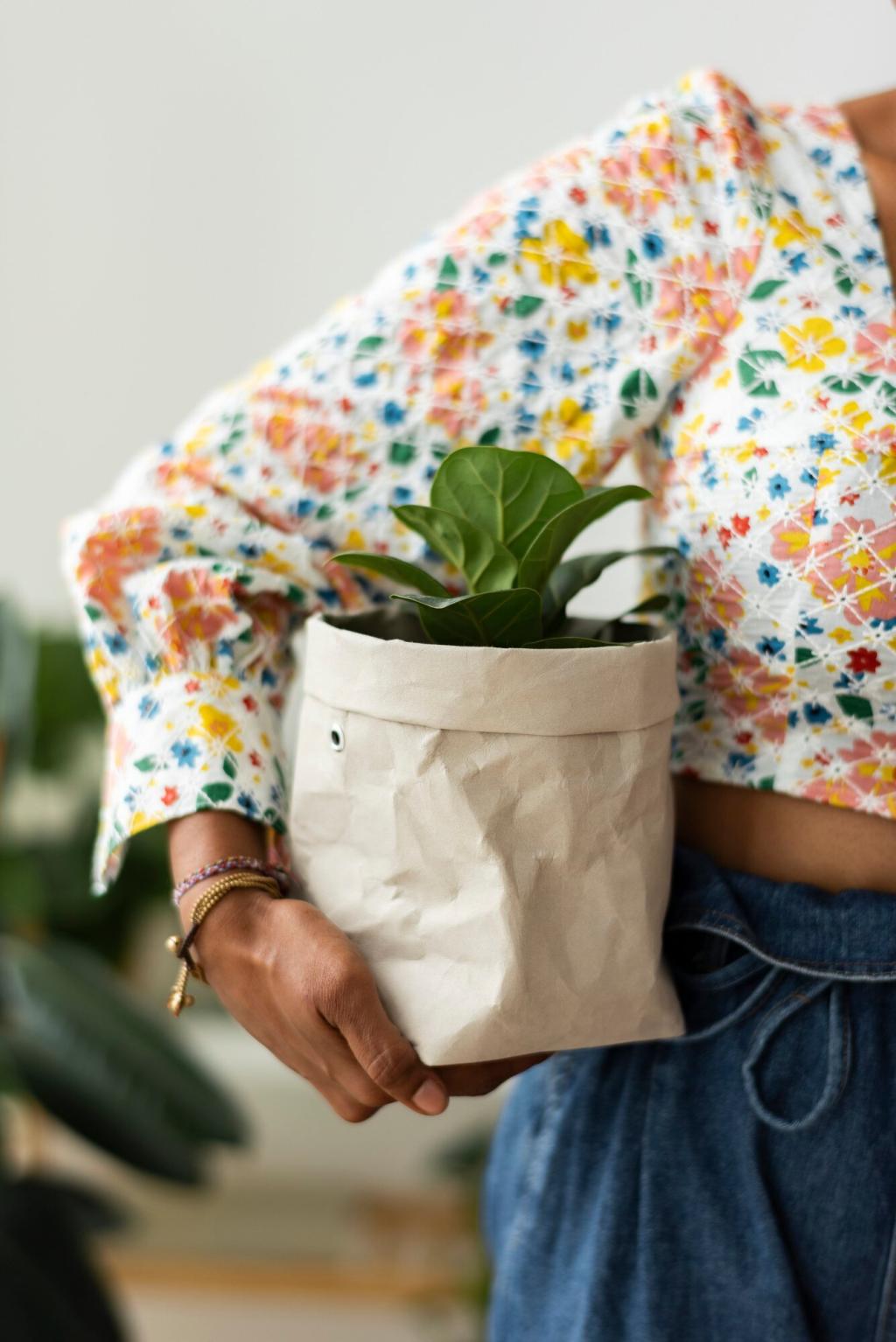

Preventive Care: Light, Humidity, and Daily Habits
Direct sun can bleach pigments and weaken lignin. Rotate pieces seasonally, use UV-filtering films, and draw curtains during harsh midday hours. Coasters and tablecloths also reduce uneven tanning and patchy color changes over time.
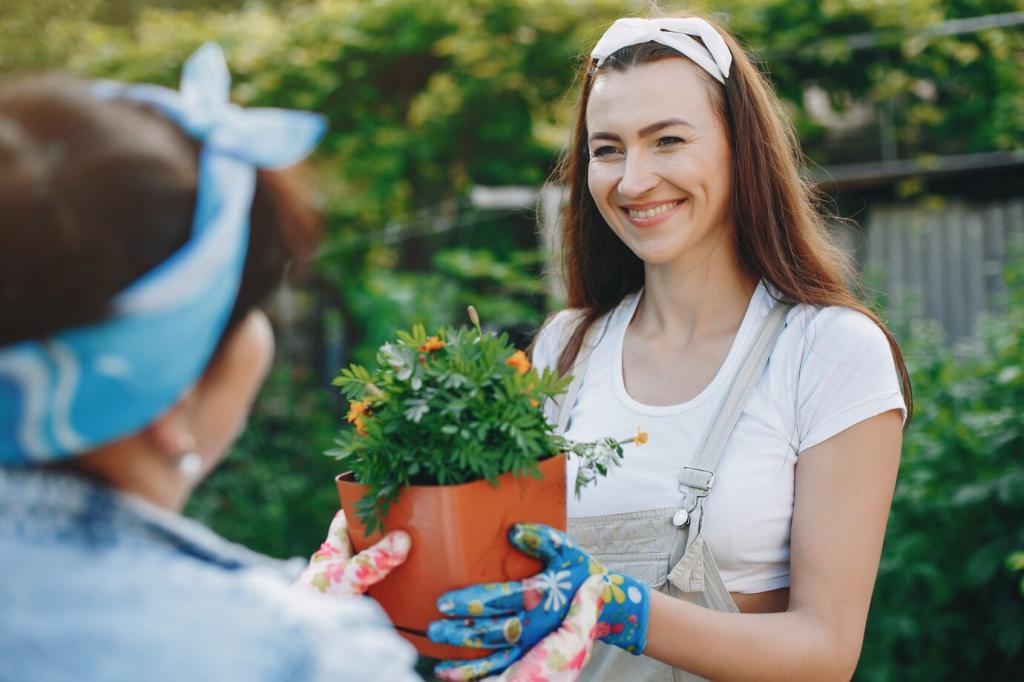
Before purchasing new tools, check lending libraries, neighbors, or repair cafés. Sharing specialty gear like moisture meters or random-orbit sanders saves money, reduces clutter, and keeps resources circulating in your community longer.
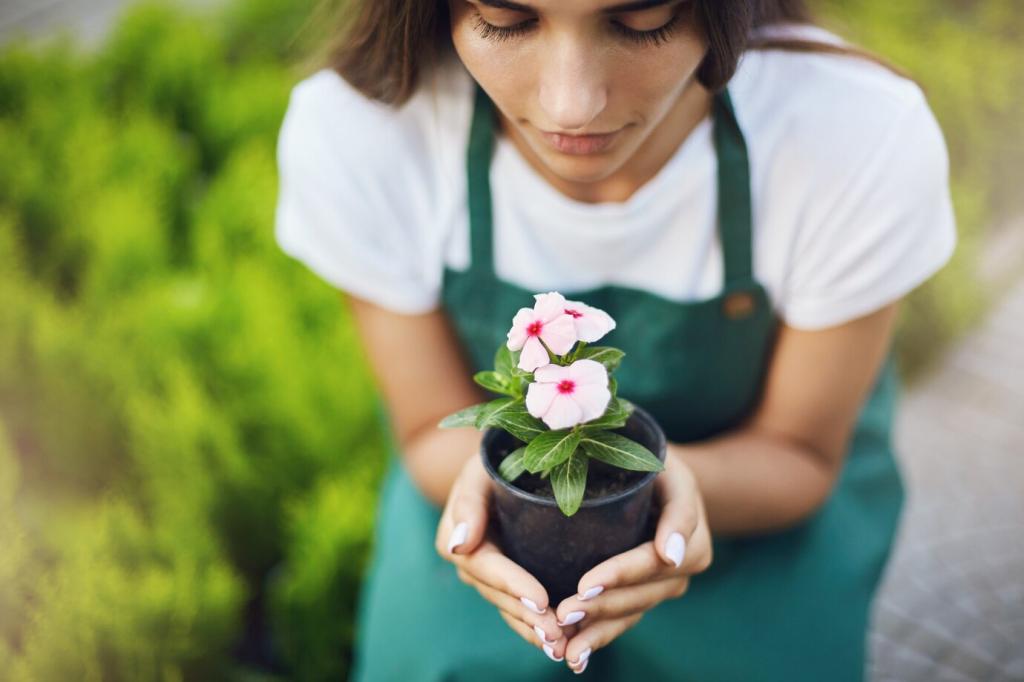
Opt for FSC-certified wood when replacements are necessary, and look for finishes in metal tins or refill stations. Bulk-buy rags from upcycled textiles, and choose citrus or bio-based solvents that clearly list ingredients and VOC levels.

Air-dry oily rags flat outdoors to prevent spontaneous combustion, then dispose of them per local guidelines. Label containers, keep kids safe, and track dates. Responsible handling preserves health while honoring the intent behind green methods.
A True Story: The Maple Desk That Chose to Stay
From Curbside Find to Family Favorite
The desktop was ringed with water stains and dulled by grime. Gentle castile cleaning, a careful shellac refresh, and a thin layer of beeswax turned it radiant again. The owner gained a centerpiece—and saved a tree’s worth of lumber.
Learning Through Touch and Time
Instead of stripping everything, they spot-repaired with hide glue, steamed dents, and built color slowly with water-based dyes. Each step listened to the wood, revealing faint grain flashes that harsh chemicals would have erased forever.
Join the Conversation, Share Your Save
Have you revived a wooden treasure using green methods? Tell us your process, what worked, and what you would try next. Subscribe for weekly tips, and help others choose preservation over disposal one thoughtful project at a time.
